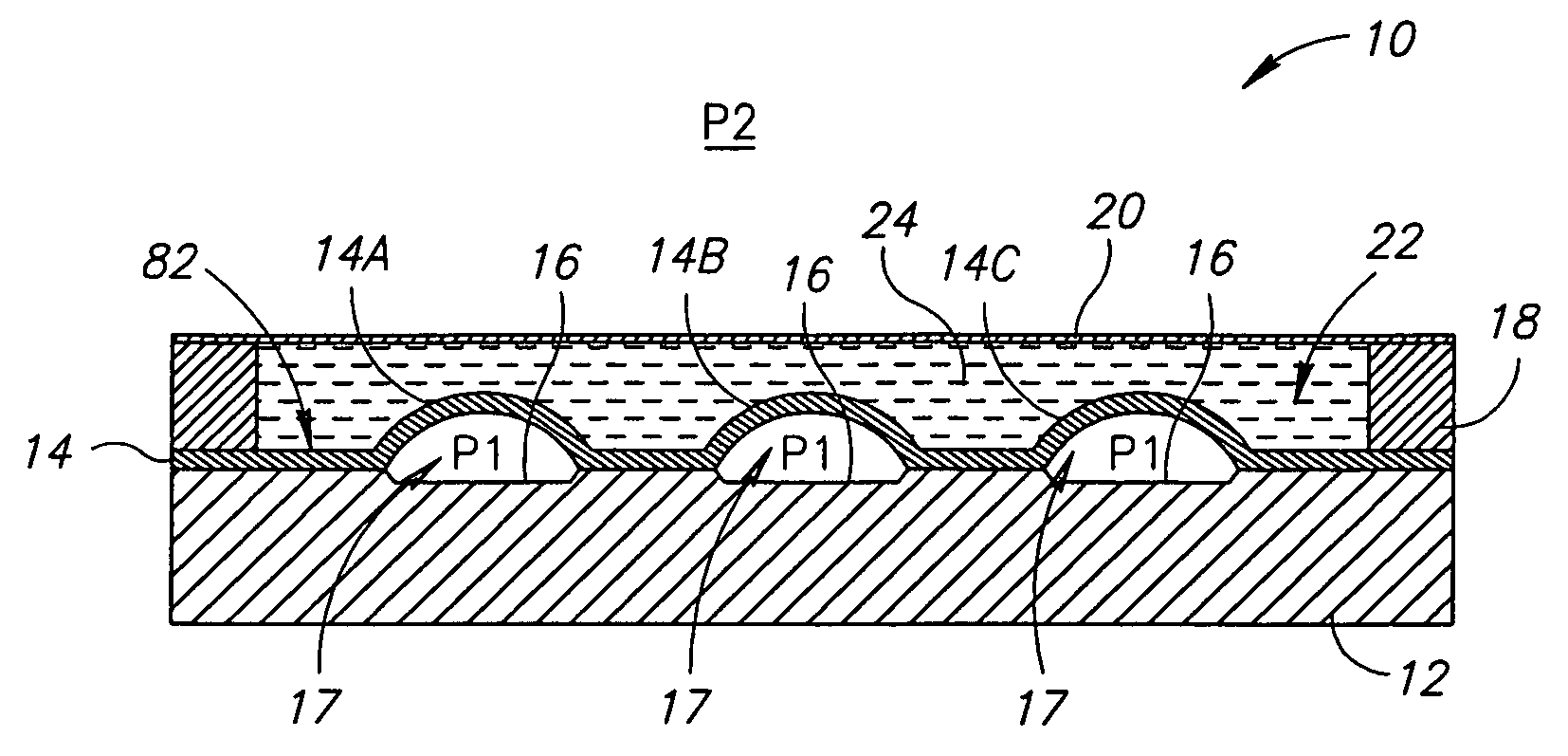Method for protecting implantable sensors and protected implantable sensors
a technology of implantable sensors and sensors, applied in the field of protecting implantable sensors and protecting implantable sensors, can solve the problems of adversely affecting the performance and accuracy of the sensor interfere with the sensor's performance, etc., and achieves the effects of promoting survival, accelerating growth, and promoting differentiation of endothelial cells
- Summary
- Abstract
- Description
- Claims
- Application Information
AI Technical Summary
Benefits of technology
Problems solved by technology
Method used
Image
Examples
Embodiment Construction
[0069] The present invention discloses novel implantable sensors in which the sensor or a portion thereof is protected from biological processes of the body tending to impair sensor activity such as deposition of extraneous materials or tissue that interfere with the performance of the sensor. Sensors of the present invention are protected while implanted in a patient by a non-biological or biological barrier. In some embodiments, the entire sensor is protected. In other embodiments, a portion of the sensor is protected. In specific embodiments, the portion of the sensor that is protected is the portion of the sensor that receives the information from the environment or sends the signals for measurement.
[0070] In a specific embodiment, implantable sensors of the present invention are resonating sensors. In such embodiments, the resonating sensors comprise at least one resonating sensor unit with at least one vibratable member that is protected from deposition of extraneous material...
PUM
 Login to View More
Login to View More Abstract
Description
Claims
Application Information
 Login to View More
Login to View More - R&D
- Intellectual Property
- Life Sciences
- Materials
- Tech Scout
- Unparalleled Data Quality
- Higher Quality Content
- 60% Fewer Hallucinations
Browse by: Latest US Patents, China's latest patents, Technical Efficacy Thesaurus, Application Domain, Technology Topic, Popular Technical Reports.
© 2025 PatSnap. All rights reserved.Legal|Privacy policy|Modern Slavery Act Transparency Statement|Sitemap|About US| Contact US: help@patsnap.com



